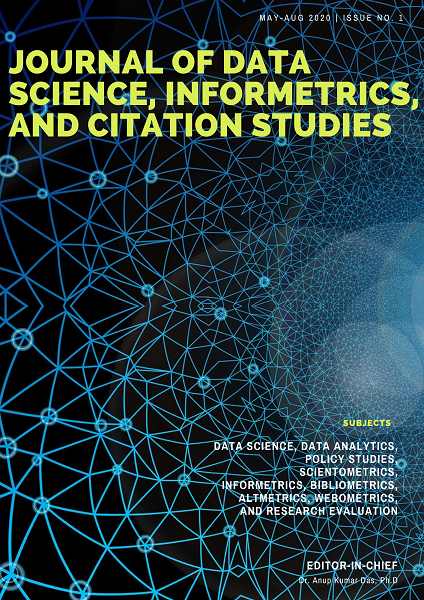Artificial Intelligence Research (2001-2022): A Bibliometric Journey through Trends and Patterns
DOI:
https://doi.org/10.5530/jcitation.20250168Keywords:
Artificial Intelligence, Bibliometric Analysis, Bibshiny, Scientometric, Network AnalysisAbstract
This study scrutinizes the landscape of Artificial Intelligence (AI) research, extracting trends, and dynamics across publications, citations, and subject-wise interests. Using Web of Science (WoS) datasets encompassing publication counts, citation impacts, and keyword frequency analyses from 2001 to 2022, this research provides a comprehensive overview of AI research contributions. The analysis unveils the predominant roles of countries such as China and the United States in AI research, showcasing both the prolific output of China and the qualitative superiority of the United States' research. Subject-wise interests highlight the interdisciplinary nature of AI, emphasizing its applications in Computer Science, Engineering Sciences, and Medical Science. Moreover, temporal keyword frequency analysis outlines the evolution of specific subfields within AI, notably emphasizing the burgeoning importance of "Machine Learning" and "Deep Learning". The application of bibliometric laws such as Lotka's and Bradford's Laws provides frameworks for understanding author productivity and article distribution across journal zones, revealing slight deviations from theoretical models. This study's implications underscore the critical role of bibliometric analyses in comprehending AI research trends, guiding future research endeavours, and informing decision-making for researchers, institutions, and policymakers. It offers insights that drive strategic collaborations, innovative pursuits, and high-impact research directions within the dynamic realm of artificial intelligence.

Downloads
Published
How to Cite
Issue
Section
License
Copyright (c) 2025 Pawan Agrawal

This work is licensed under a Creative Commons Attribution-NonCommercial-NoDerivatives 4.0 International License.



